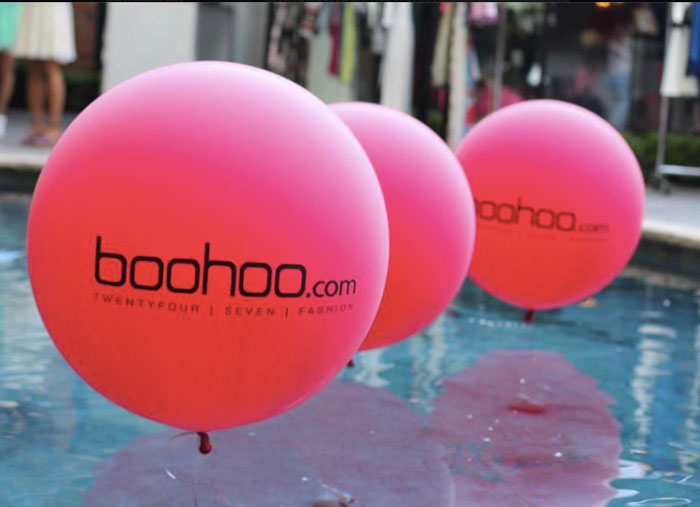I walked into the Boohoo.com headquarters, still fighting off the motion sickness seemingly characteristic of all Ryanair landings. Although having only applied a few days earlier, and despite minimal communication with the campaign manager, here I was in Manchester. To say I wasn’t that little bit skeptical would be untrue, but still I arrived powered by several skinny lattés, open minded and ready for my impending job interview. The position in question? Boohoo.com Student Brand Ambassador. The concept aroused my curiosity. Is this a marketing strategy that should be employed by all in the fashion industry?
This new marketing trend has been sweeping the nation. Multinational companies such as Toms, Nike, Asos, and Boohoo are employing students to promote and endorse their brands. The process by which these students are hired is largely based on their social media and on-campus presence. Also considered is their ability to connect with and influence their peers. These skills and qualities give the students the platform they need in order to effectively promote the company. The ideal candidate lives, breathes and basically is the product. Clearly I don’t mean that the student should embody the item, as that would prove disastrous. (See Rick Owen’s recent stunt at New York Fashion Week where models literally wore each other as clothes).
So dawns a new age for business and marketing, both inside and outside the fashion industry. Student brand ambassador programmes combine both peer-to-peer marketing and new-age technology and resources in a way that no other marketing method has. Still, ambassadors rely heavily on social media to market their clients’ brands. This form of marketing strategy still largely retains its traditional core. This advertising technique gains credibility as people tend to respond more favourably to those whose words they trust. In a way, the essence of the brand is being injected into the public, as opposed to students being bombarded with advertisements which they pay little attention to.
And the companies can rest assured that the students they employ will make recommendations to their peers that benefit the company. Complimentary gifts and early access to unreleased products or services, as well as the opportunity to work and network with a successful global company, ensures that their student-based task force are happy to carry on working in their name.
The student ambassador is also likely to benefit from receiving brand discounts, gift vouchers and the opportunity to link their name with a multinational company. Of course, it’s worth noting that although high-street brands such as Asos, Toms, and the aforementioned Boohoo are jumping onto the bandwagon, luxury retailers such as Chanel or Prada are steering clear of this type of marketing.
It is difficult, at least for me, to understand why. There was a time when the target market of these luxury brands weren’t college students, but I would argue that that time has passed. Largely through the influence of social media, young people are becoming more and more exposed to designer products, be it clothing, cosmetics or accessories. These labels no doubt benefit from such a viral form of marketing, and would even more so if they offered discounts. The only direction their profits would go is up. But perhaps the answer lies therein. Targeting students and offering discounts would probably damage their high profile, luxury status and result in reducing profits with their main target audience.
In my own first week in the job, I found that being a student brand ambassador can be rewarding. This programme gives students an opportunity to experience the fashion industry in a manner adapted and designed to fit into college life. Fashion marketing is undergoing a major revolution led by young people, and it is an exciting time to be to the forefront of it.







